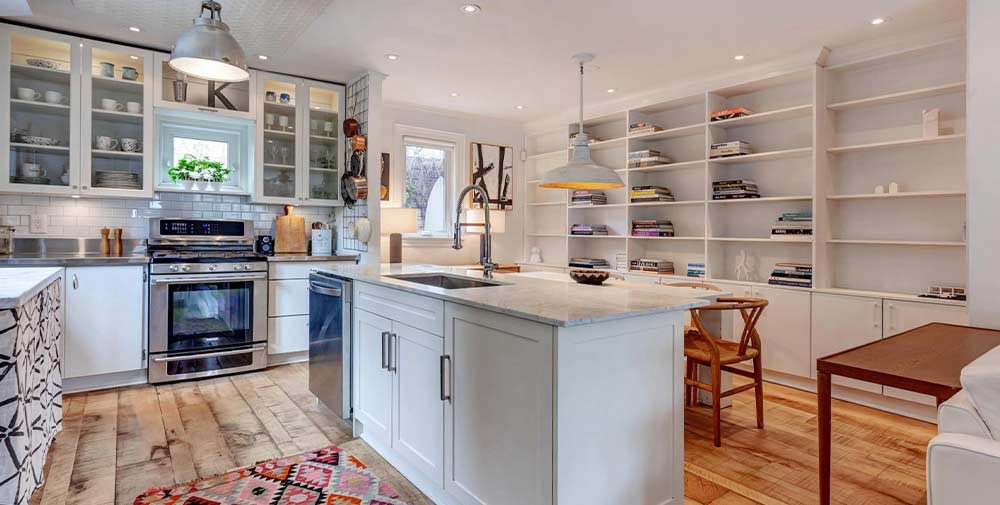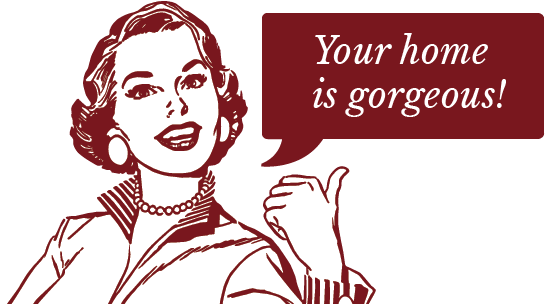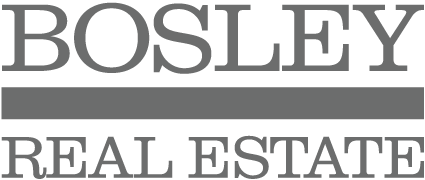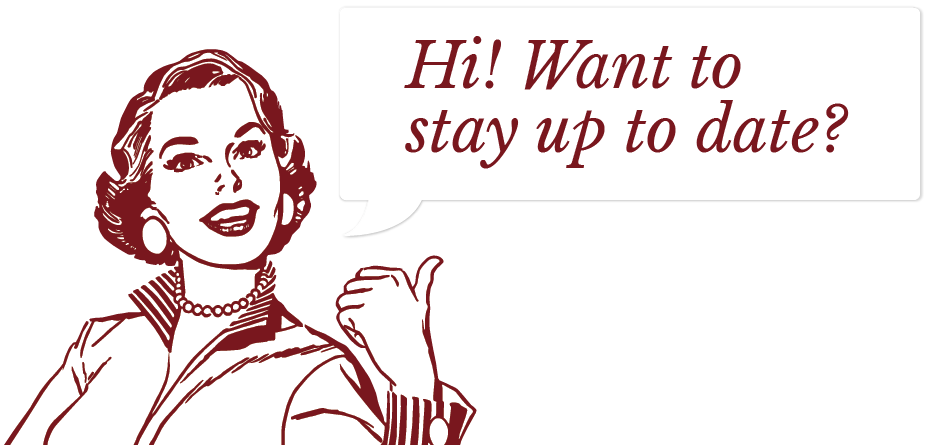Many real estate professionals will tell you that staging sells a home. Or maybe it’s marketing. Or maybe it’s working with the most well-known agent on the block. But the truth is that the one thing that makes the biggest difference when selling your home is–wait for it–pricing.
The pricing strategy you and your agent choose could mean the difference between your home drumming up significant interest for a quick sale and sitting on the market unsold for too long.
Here’s a closer look at how some of the most common pricing strategies for sellers play out:
Home Appraisal Vs. Market Value
One of the biggest mistakes I see sellers make is thinking that an appraisal is the same as the market value. This is just not true. Although they are similar in nature, an appraisal considers the physical attributes and condition of the home. So for example, things like the size, build year, foundation, appliances, etc.
The market value is determined by a lot of other contributing factors, but this number essentially represents the amount buyers in your area are probably willing to pay. This number is determined by considering the physical attributes of the home, as well as looking at something called a Comparable Market Analysis (CMA) that shows recent similar sales in your area. Other factors like the current market conditions, property type, and geopolitical factors can also impact your home’s market value.
Your home’s market value should be the jumping-off point for your overall pricing strategy.
Getting ready to sell your home? Check out some of my other blogs and tips to help get your home solder faster:
- How Many Showings Should it Take Before I Receive an Offer?
- Your Quick Guide to Finding a Listing Agent
- Should You Buy a Home Before Selling the One You’re in Now?
Pricing Below Market Value
Although it might seem counter-intuitive to price something low to start, there’s actually a bit more strategy behind this choice.
Pricing low could present your home as a really great value in the market and could create a stir with buyers. Pricing low could result in a multiple offer situation, bully offers, or even a bidding war in a seller’s market.
Potential downsides of pricing low could be that the price isn’t low enough or there isn’t enough buyer interest in that particular property type. This was something we saw recently during the pandemic with income properties. If the seller’s expectations are too high or the market has shifted, the expected outcome might not come to pass, and then you’ll need to start over and re-list the home.
What do you know about Bully Offers? Read our blog here for everything you need to know about pre-emptive, or bully offers as a buyer or a seller!
Pricing Above Market Value
Pricing a home above market value is a risky move. It could deter potential buyers from even looking at your home. Even if your house is exactly what they are looking for if the price is too steep they usually won’t bother.
Another issue is that the markets are always moving. For example, if the marking is rising, eventually the value of what buyers are willing to pay will meet the list price. In a falling market, the price buyers are willing to pay will move away from the list price, and you could see a significant drop in interest if you don’t price it right from the start.
The result of pricing a home too high is usually having the house sit on the market for too long. The longer a house sits unsold, the less likely buyers will look at it. They will assume something is wrong, and you will need to resort to significant price drops to get attention back on it. The end result is probably getting a lot less than market value if the home does eventually sell.
Find out more about what it takes to sell your home with these related blogs:
- 5 Home Upgrades that Will Pay Off When You Sell
- Should You Rent or Sell Your Home: 5 Questions That Will Help You Decide
- Should You Stage Your Home: Staging Vs. Not Staging
Pricing At Market Value
Many agents like to consider a “sweet spot” when it comes to pricing, and that usually ends up being quite close to the results of the CMA. Pricing your home at market value is often the safest strategy. It’s fair, and savvy buyers will both respect and appreciate transparency.
Although it might not cause the same fire sale that a low pricing strategy might cause, it also won’t repel buyers and cause your home to sit unsold for too long. Many sellers feel it’s a balanced, appropriate strategy.
However, the downside of pricing at market value is that you might not get the maximum price. Buyers will pay more when they are in competition, and Toronto buyers are especially used to competing. If a home has only one offer on it, they may wonder if there’s something wrong with the home, resulting in lower offers and less profit for the seller.
How to Choose a Pricing Strategy?
As a seller, you probably have an idea of how much your home is worth to you, and how much you’d like to get for it. We’ve seen it time and time again when a seller is stubborn about the price, the home gets priced too high, and everyone is disappointed when the home doesn’t sell.
In these cases, it’s best to be upfront with your real estate agent and let them know the price range you are comfortable with. It’s your agent’s responsibility to do the research and be upfront about whether your goals are realistic, and why you might need to reassess your expectations.
The simple fact is that sellers need to make sure the price is attractive, and they need to work with an experienced agent who knows the market, understands buyers, and builds custom pricing strategies rather than just choosing a number out of a hat.
Wondering what your home is worth? Contact me today for a free home evaluation here.





